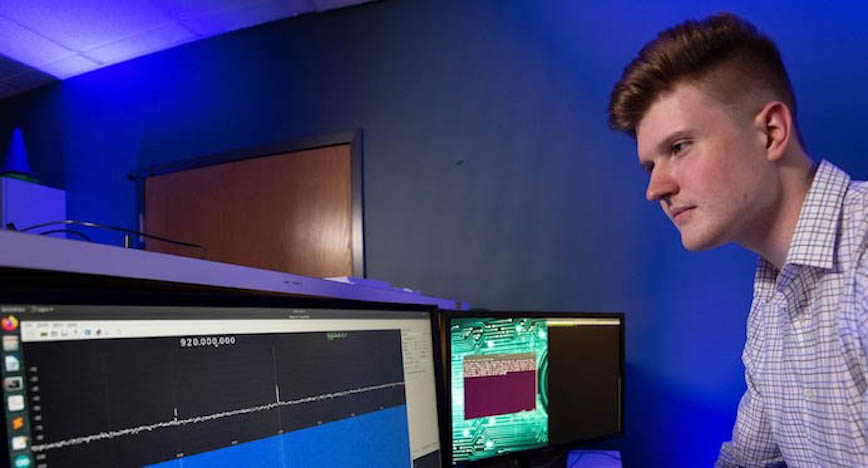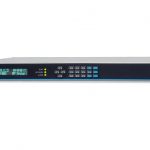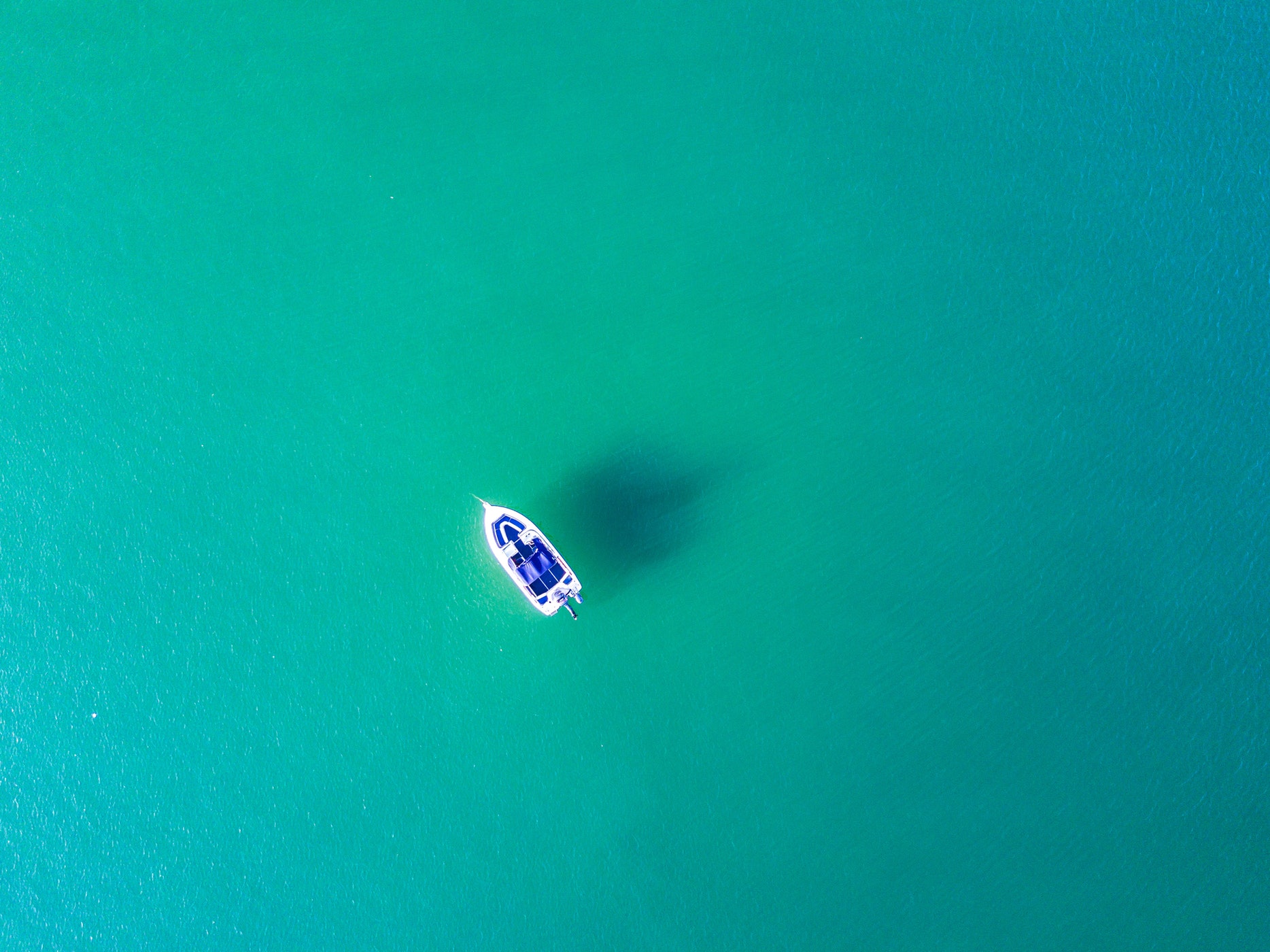Northrop Grumman PNT experts are using artificial intelligence (AI) and machine learning (ML) to develop new software to combat jamming and spoofing threats to navigation systems in contested battlefield environments.
“Our new machine-learning-based GPS threat detector is a set of software designed to be deployed on a variety of software-defined radios and other types of embedded systems,” explained Brent Bateman, a senior staff engineer at Northrop Grumman. “It rapidly detects and classifies low-power GPS threats that have traditionally been very difficult to observe.”
Northrop Grumman initially developed the technology using its own independent research and development (IR&D) funding but then transitioned the work to a contract R&D project with the U.S. Army. To date, the technology has been demonstrated at PNTAX, a military field test involving Army ground vehicles.
The GPS threat detector software scans the radio frequency (RF) signal environment for indicators that adversaries are trying to jam or spoof GPS signals. “If an enemy jammer is present, that can cause unprotected navigation systems to lose lock on the GPS signal,” explained Dr. Jeff Dickman, director of future PNT systems at Northrop Grumman,. “If we don’t have lock, we’ll lose our knowledge of position and time, and that will disrupt our mission.”
Unprotected warfighters may not realize that an adversary is present and that the GPS signals they’re using may not be accurate or trustworthy. “Our GPS threat detector is designed to analyze the threat environment, look at the observables and say, ‘Based on what we’re seeing, we think there’s a threat out there jamming or manipulating your incoming GPS signal,’” Dickman added.
Once a threat is detected and identified, the threat detector shares its knowledge of the threat type and location with a larger network of users who can then decide how to react to it. The algorithm also uses the threat data to automatically update its own list of known threats to look for in subsequent scans of the RF environment.
“Our algorithm uses machine learning to search for threat characteristics within vast amounts of data,” Bateman said. “The goal is to detect and identify threats in the observed RF environment so that intelligent navigation systems can take action to protect themselves, either by reconfiguring their own operation or by coordinating with friendly forces to neutralize the threat.” Machine learning improves the software’s ability to detect “hard-to-detect” threats, such as a low-power signals near the noise floor of RF receivers, and decrease the number of false-positive threats.
Program manager Eva Baron said that on new data collected and received real-time enables the software to generate and send back to the field a new model to detect previously undetected threats in the theater all within minutes, effectively demonstrating edge analytics. “Our first field-tested PNT and ML integration demonstrated significant improvements in threat detection and we are just scratching the surface,” she said. The company is currently investing more into improving PNT ML models to further aide navigation warfare.
The threat detector software is designed to be hosted on small, low-cost, low-power, military-grade embedded systems. Such systems must be optimized to perform their function well while minimizing computationally intensive calculations and algorithms. “Our threat detector operates well in low-data bandwidth environments while retaining its ability to detect key threat characteristics,” said Bateman. “This characteristic allows its algorithm to be successful in very constrained operating environments.”
“This technology was designed from the ground up to be a software-defined algorithm that can be rapidly modified, retrained and redeployed in the field,” Bateman concluded. “It promises to not only reduce the development time and implementation costs of new PNT capabilities but also improve their ability to keep pace with constantly evolving NavWar threats.”
This news article based on information presented in an NG story by Brooks McKinney. Photo courtesy Northrop Grumann.






